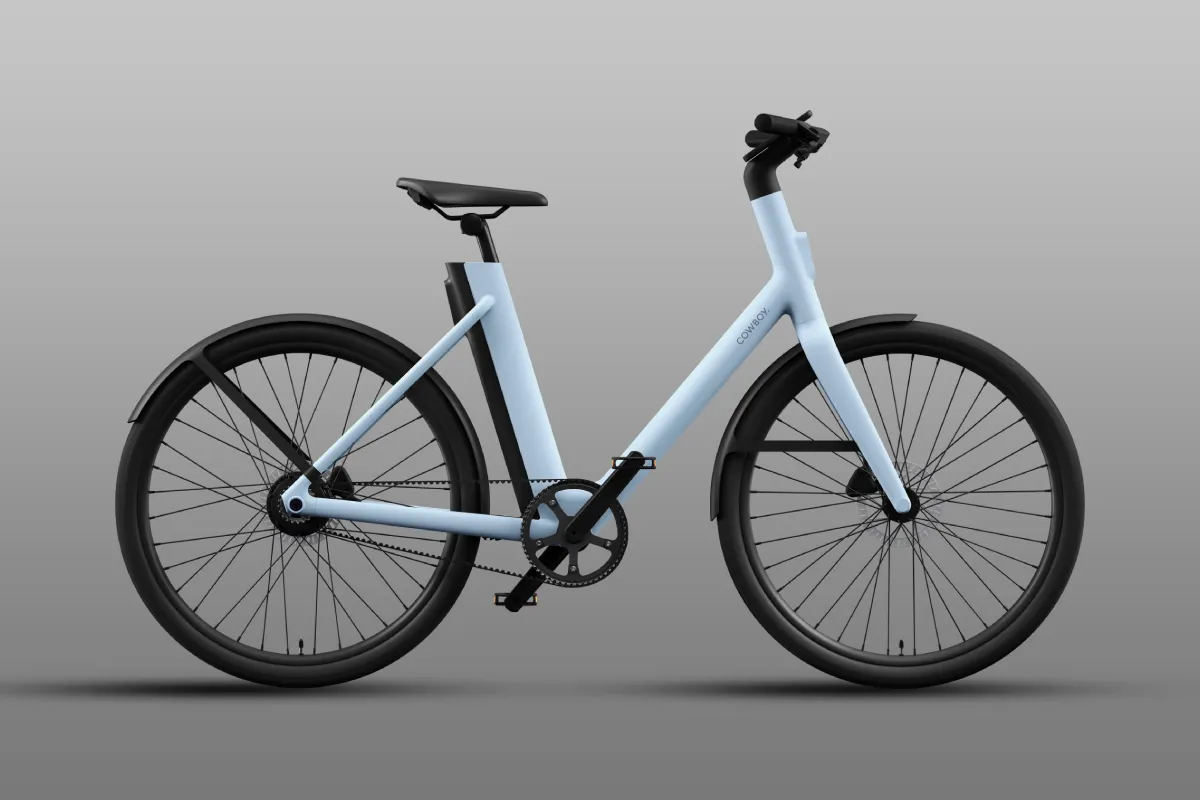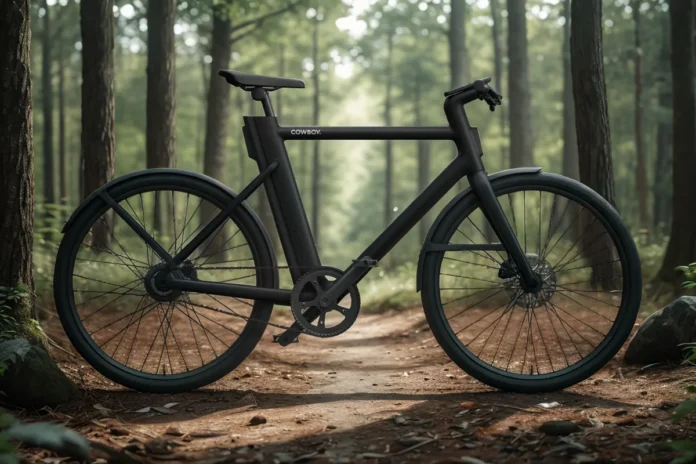In the fast-evolving world of electric mobility, no brand remains untouched by the challenges of modern logistics. Recently, Cowboy—a renowned Brussels-based e-bike manufacturer—has found itself grappling with extensive delivery issues. In this in-depth article, we take a closer look at the factors behind these setbacks and what they mean for enthusiasts and customers across the United Kingdom.
The Delivery Dilemma
Cowboy’s situation is not unique in a time when global supply chains are under strain. While demand for cutting-edge electric bicycles continues to surge, the company has been compelled to adjust its schedules. The underlying issues include supply shortages for key components, disrupted transportation channels, and an unexpected spike in orders. Although Cowboy has long been celebrated for its innovative design and efficient customer service, these delivery delays have put a temporary dent in its reputation.
The company has explained that while production capacity has increased in recent months, the logistics side of things has been slow to catch up. Limited availability of certain high-tech components and the indirect ripple effects of recent global events have contributed significantly to longer lead times. In an industry that thrives on both rapid technological adaptation and transparent consumer communication, such challenges are never easy to navigate.
Inside Cowboy’s Strategy
Facing these challenges head-on, Cowboy has implemented several strategies designed to mitigate the impact on its clientele. First, the company is streamlining its supply chain by partnering with more diverse suppliers while enhancing quality control measures. By doing so, Cowboy aims to ensure that every bike leaving the factory meets its high standards, even if this sometimes comes at the cost of speed in delivery.
Furthermore, Cowboy’s customer service team has adapted their protocols so that buyers are kept well-informed at every stage of the order process. Detailed tracking and prompt updates have become standard practice, even if the anticipated arrival date occasionally shifts. This proactive approach underlines a commitment to customer satisfaction despite unforeseen operational hurdles.

Key Reasons for the Delays
Below is a table summarizing the primary factors contributing to Cowboy’s current delivery challenges:
| Issue | Description | Impact on Delivery |
|---|---|---|
| Component Shortages | Limited availability of essential electronic and mechanical parts | Slow production rates and deferred assembly |
| Logistical Bottlenecks | Disruptions in global shipping and transport networks | Extended transit times and unpredictable delays |
| Increased Order Volumes | Surge in demand for electric mobility as eco-friendly transportation grows | Higher order processing times and longer waitlists |
This table illustrates how a complex interplay of supply chain hiccups, global logistics interference, and soaring consumer demand creates a perfect storm for delayed deliveries.
What This Means for the Electric Mobility Sector
The issues plagued by Cowboy reflect broader trends in the electric mobility sector. As the market for e-bikes expands rapidly, manufacturers around the globe are compelled to reassess their operational models. For customers in the United Kingdom, these changes call for patience and a deeper understanding of the broader challenges affecting modern manufacturing and distribution networks.
Moreover, the effects of these delays have prompted companies like Cowboy to accelerate investments in both technology and infrastructure. By collaborating with more agile suppliers and optimizing logistics channels, the hope is that future delays will be the exception rather than the norm in the electric mobility space.
Looking Ahead: A Brighter Journey
Despite the challenges, Cowboy remains committed to its mission of delivering innovative and sustainable transportation solutions. Company executives have communicated a clear vision: to clear the existing order backlog and return to their typical rapid delivery standards as soon as possible. With production ramps already underway, the future appears promising—not just for Cowboy customers, but for the electric mobility industry as a whole.
The current setbacks serve as a reminder that innovation often comes hand in hand with growing pains. As Cowboy continues to evolve its processes, customers can expect improved efficiency and even more robust products in the near future. This journey, while complex, is a testament to the resilience of modern technology companies as they navigate an ever-changing global landscape.




